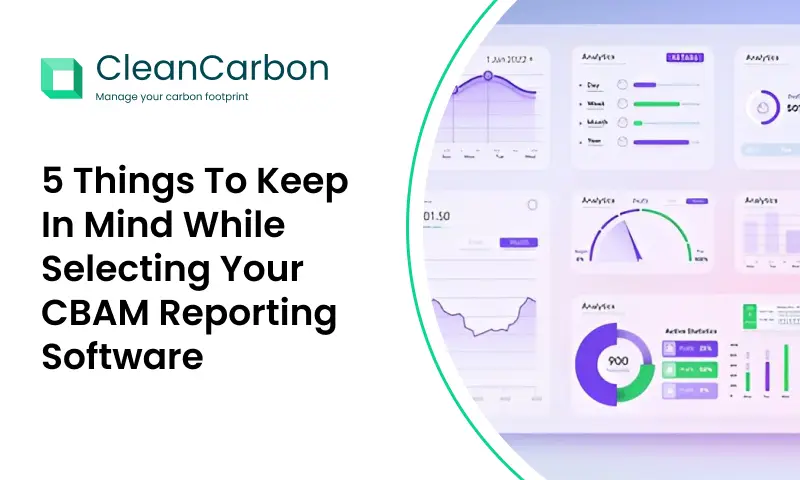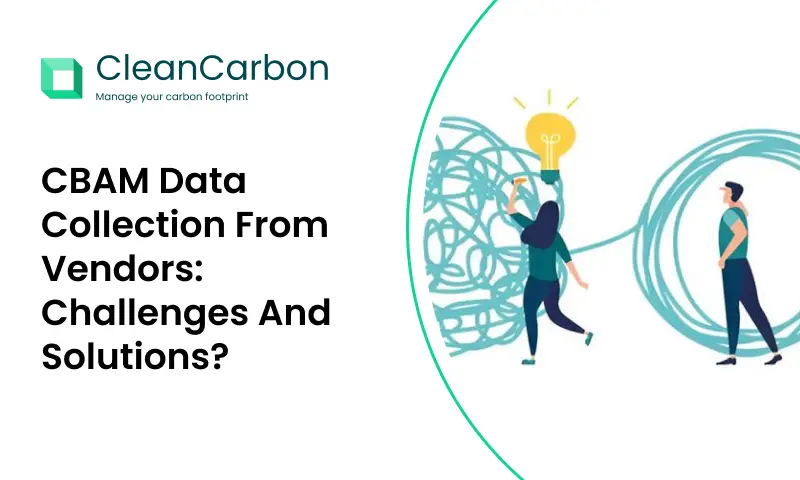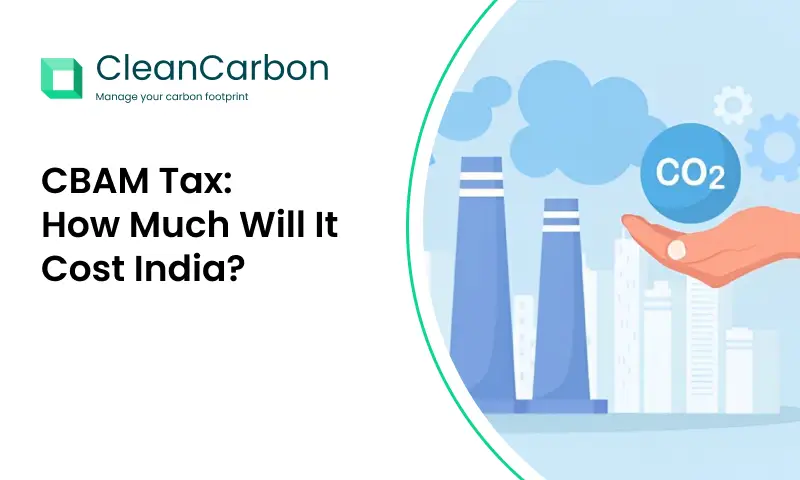CBAM Explained what it means for Your Industry:
The Carbon Border Adjustment Mechanism (CBAM) is a groundbreaking EU policy designed to level the playing field for European industries and their global competitors. As the EU intensifies its efforts to reduce greenhouse gas emissions, CBAM ensures that imported goods are subject to similar carbon costs as those produced domestically.
Understanding the Impact of Carbon Border Adjustment Mechanism (CBAM) How Does CBAM Work?
- Covered Sectors: Initially, CBAM will apply to a limited number of sectors, including iron and steel, cement, fertilizers, aluminum, electricity, and hydrogen.
- Carbon Price Calculation: Importers will be required to calculate the carbon price of imported goods based on the EU ETS carbon price.
- Reporting and Verification: Importers must report detailed information about their imports, including the carbon price and any carbon certificates purchased.
- Financial Adjustment: Importers will need to make a financial adjustment to the customs authorities, effectively paying a carbon price on imported goods.
What Does CBAM Mean for Your Industry?
The impact of CBAM will vary across different industries. However, some key implications include:
- Increased Costs: Businesses may face increased costs due to the additional carbon price on imported goods.
- Supply Chain Disruptions: CBAM could lead to disruptions in global supply chains as businesses adjust to the new regulatory environment.
- Competitive Pressure: Companies may need to adopt more sustainable practices to remain competitive in the global market.
- Opportunities for Innovation: CBAM can incentivize innovation and the development of low-carbon technologies.
Preparing for CBAM
To navigate the complexities of CBAM, businesses should take the following steps:
- Assess Your Supply Chain: Identify the carbon footprint of your supply chain and potential exposure to CBAM.
- Develop a CBAM Compliance Strategy: Create a comprehensive plan to comply with CBAM regulations.
- Engage with Stakeholders: Collaborate with suppliers, customers, and industry associations to share information and address challenges.
- Monitor Policy Developments: Stay informed about the latest CBAM developments and potential changes to the regulations.
- Consider Carbon Reduction Strategies: Implement measures to reduce your carbon footprint and mitigate the impact of CBAM.
Stay Informed and Adapt to the Changing Landscape
As CBAM continues to evolve, it’s essential to stay informed and adapt to the changing regulatory environment. By understanding the implications of CBAM and taking proactive steps, businesses can minimize risks and capitalize on opportunities.






